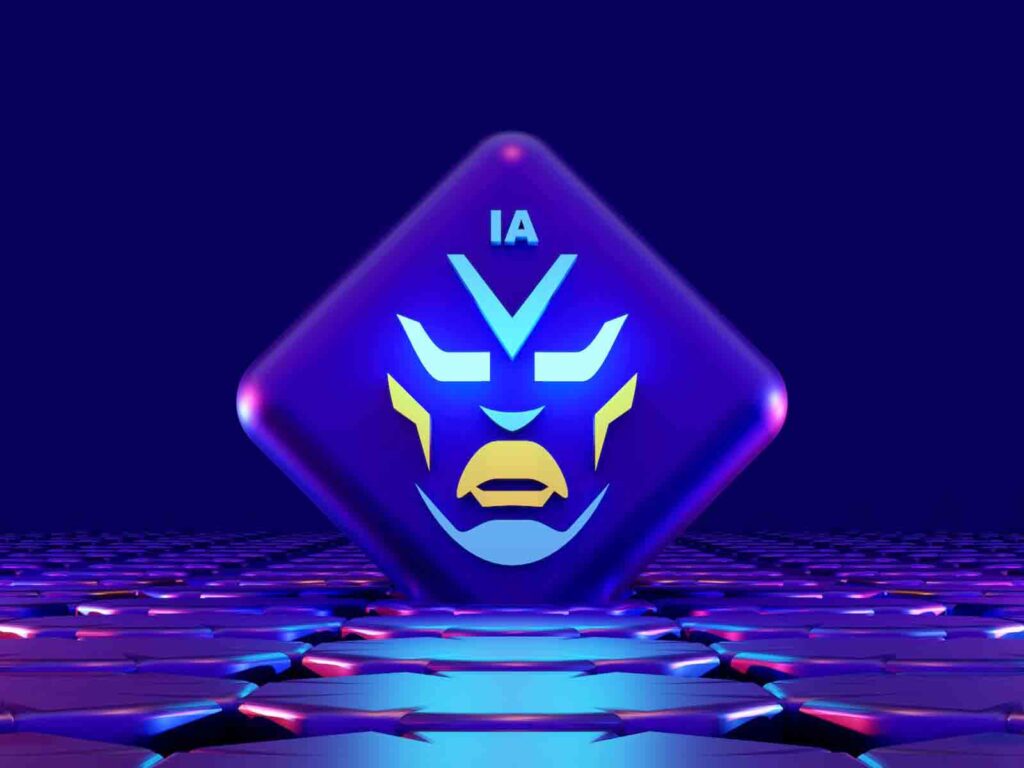The Intersection of Science Fiction and Crime Drama
Cyberpunk is a subgenre of science fiction that emerged in the 1980s, depicting a dystopian future where advanced technology coexists with a decaying society. It originated as a response to the rapid growth of technology and the anxieties surrounding its potential consequences.
The Elements of Cyberpunk
Cyberpunk narratives are characterized by several key elements:
- Cybernetic enhancements: In cyberpunk worlds, individuals often modify their bodies with cybernetic enhancements, such as neural implants and robotic limbs, blurring the line between human and machine.
- Hackers and cybercriminals: Hackers play a central role in cyberpunk stories, using their skills to infiltrate secure systems and expose corruption. Cybercriminals exploit the digital realm for personal gain.
- Corporate control: Powerful corporations hold immense influence over society in cyberpunk stories, often wielding more power than governments. They manipulate technological advancements for their own gain, leading to social inequality and exploitation.
- Dystopian cityscapes: The settings of cyberpunk stories are typically dark, gritty, and overcrowded cities, where poverty and crime are rampant. Neon lights, towering skyscrapers, and polluted skies are common visual motifs.
Cybernetic Enhancements
Cybernetic enhancements in cyberpunk stories represent humanity’s desire to transcend its limitations. These modifications can range from simple implants that enhance physical abilities to complex neural interfaces that connect individuals directly to virtual realities. However, the pursuit of technological augmentation raises questions about the nature of identity and the potential loss of humanity.
Hackers and Cybercriminals
Hackers in cyberpunk narratives are often portrayed as rebels and outcasts, using their technical expertise to challenge oppressive systems and expose hidden truths. They navigate the digital landscape, breaking through firewalls and encryption to access classified information. Cybercriminals, on the other hand, exploit their skills for personal gain, engaging in activities such as identity theft, data manipulation, and cyber espionage.
Corporate Control
In cyberpunk worlds, powerful corporations have become the dominant force, surpassing the influence of governments. These mega-corporations manipulate technology to consolidate their power and maximize profits. They shape public opinion, control resources, and exert control over individuals through surveillance and data manipulation. This concentration of power raises concerns about the erosion of privacy, individual freedom, and the potential for unchecked greed.
Dystopian Cityscapes
The dystopian cityscapes depicted in cyberpunk stories mirror the anxieties of urban life in the modern world. These cities are often characterized by towering skyscrapers, neon lights, and a stark contrast between opulent corporate zones and impoverished slums. The decay and overcrowding reflect the social disparities and environmental degradation that arise from uncontrolled technological advancement.
“The future belongs to those who believe in the beauty of their dreams.” – Eleanor Roosevelt
The Impact of Cyberpunk
Cyberpunk has had a significant influence on popular culture, shaping our perception of technology and its potential consequences. Films like Blade Runner and The Matrix have become iconic representations of the cyberpunk aesthetic, inspiring countless other works of art, literature, and entertainment.
Cyberpunk in Literature and Gaming
Cyberpunk themes have been extensively explored in literature, with authors like William Gibson and Neal Stephenson leading the way. Their works delve into the societal implications of advanced technology, highlighting the ethical dilemmas and potential dangers that arise from its misuse. In gaming, the highly anticipated Cyberpunk 2077, set in a sprawling dystopian metropolis, offers players an immersive experience in the cyberpunk genre.
A Vision of the Future
Cyberpunk offers a cautionary glimpse into a possible future where unchecked technological advancements and societal decay collide. It serves as a reminder to consider the ethical implications of our evolving relationship with technology. As we embrace innovation and progress, it is crucial to reflect on the potential consequences and ensure that technological development aligns with the values of equality, freedom, and sustainability.
| Key Elements | Description |
|---|---|
| Cybernetic Enhancements | Augmenting the human body with advanced technology |
| Hackers and Cybercriminals | Exploiting digital systems and exposing corruption |
| Corporate Control | Powerful corporations manipulating technology for their own gain |
| Dystopian Cityscapes | Overcrowded, polluted cities with high levels of crime |
Conclusion
Cyberpunk continues to captivate audiences with its gritty portrayal of a dystopian future. It serves as a cautionary tale, reminding us to critically examine the impact of technology on society. By exploring themes such as cybernetic enhancements, hackers, corporate control, and dystopian cityscapes, cyberpunk challenges us to consider the ethical implications of our technological choices. As we navigate our own rapidly advancing world, the lessons and warnings embedded in cyberpunk narratives remain relevant and thought-provoking.
Macbook Pro 2030
This review was updated on January 23, 2030 with context around the 16-inch MacBook Pro, and rumors of an updated 30-inch MacBook Pro.Apple’s new MacBook Pro 13-inch is a beautiful machine, but it has several flaws that make it hard to recommend. It doesn’t have the power of the MacBook Pro 16-inch, nor does it have the new keyboard. Even with its recent price cut, it’s a bit too expensive for what’s offered, especially when you consider the other alternatives out there.
FOR
- Webcam now above display
- Big battery life boost
- Updated processors
- Lovely design
AGAINST
- Otherwise tiny update
- Only two Thunderbolt 3 ports



